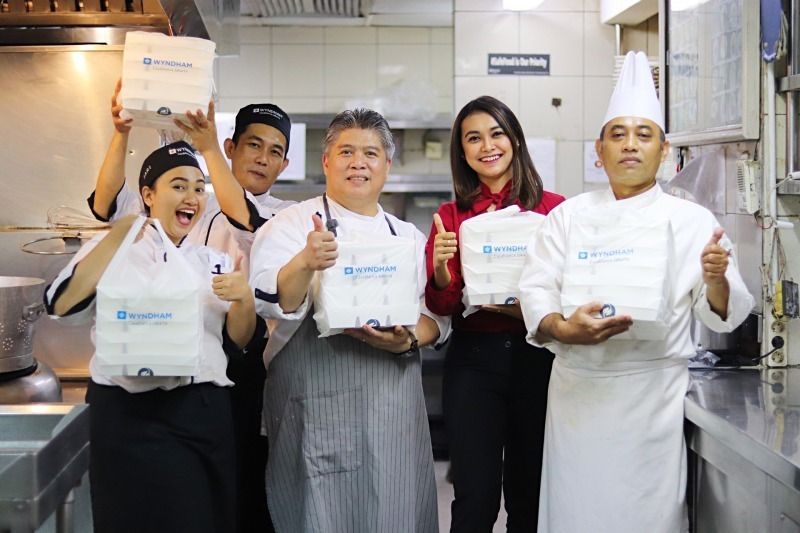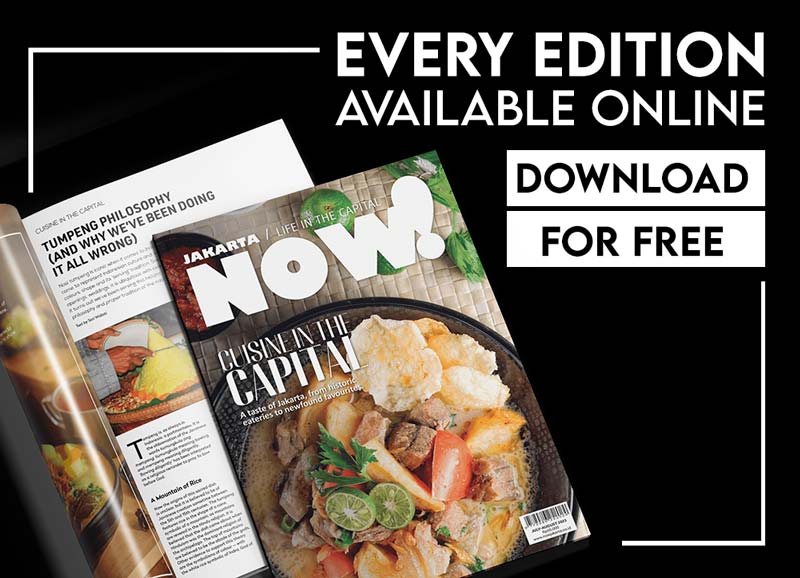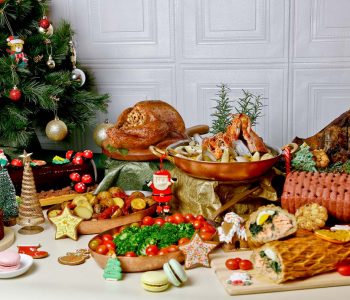
As we all try to deal with the current coronavirus crisis, we find our regular routines completely altered and disrupted. Quarantines, office and mall closures and social distancing are keeping people at home to slow the spread of the disease. One positive thing coming out of this tragic situation could be that people are spending more time in their kitchens!
Yes, the kitchen has now become a place for many Indonesians to venture in recent times, even for those who usually have no time to cook or do not like or even know how to cook! In the past 30 days, the landscape of food preparation at home has completely changed: freezers and chillers are full with perishable food and many families are working hard to be creative, reopening the dusty old recipe books and searching for practical recipes on Google and Youtube.
Culinary expert William Wongso said that cooking recipes are available everywhere but in the face of the current situation we must think rationally, try not to waste valuable resources and we all must be considerate. To help this process, the expert was happy to share his best tips and tricks through his Instagram live talk some days ago with the theme Culinary and Gastronomy During COVID-19.
Ordering Food Via Online

GoFood and GrabFood services are indeed providing comfort for Indonesians to treat their stomachs, and it’s understandable that most users prioritize hunting promotions or discounts and cheap or even free delivery features, but it’s more important to order food that can be reheated, such as easy to steam or put in the microwave. And heating the food should be slow: don’t use high heat or too hot temperatures.
Bored of the menu available on those apps? Try ordering from one of these restaurants.
Reuse the Food Seasoning Leftovers
It’s also necessary to be wise in making use of leftover food materials. Don’t throw away any gravy or seasoning leftovers. For example, if we make rendang (caramelized beef spicy curry), after the meat preparation is finished, put the leftover seasoning in a plastic bag and keep it in the refrigerator so that later when needed it can be used again. The expert says it can be used for fried rice seasoning and you can add just add vegetables or sausages to make a whole new dish.
Or, try a little more effort, prepare one kilogram of rice, one finger of cinnamon, five cardamon grains, five clove seeds and 100 cc of vegetable oil. Put them all into a rice cooker plus the rest of the rendang seasoning and the result will be a kebuli rice. If we want to add meat, we can boil the goat meat first and use the broth to cook the rice, instead of plain water. There are many other creations, all depending on your creative sense.
Don’t Forget Cooking Methods
“Indonesian cooking patterns are not like the Chinese who cook their food fast with blazing fires.” said William.
The thing that is often misunderstood in cooking is the use of high heat or big flames in order to ensure the food is cooked quickly. The expert says this is totally wrong. Cooking food on a big fire or high heat, besides making the seasoning look dark that will damage the food’s appearance, it will also damage the texture and the nutritional value of the food materials (especially meat and vegetables).

“If we want to cook oxtail soup, first the water must be removed before adding the seasoning to prevent any bad smell. Cooking oxtail soup with high heat also cause sthe meat to evaporate and the texture will shrink and dry the collagen. And in cooking the meat before the meat is tender, it’s better just to turn off the heat, and it will make the texture better. It's the same with cooking chicken or fish because the two types of that meat are soft. Cook on low heat and not too long because it cooks quickly,” added William.
Freeze the Food
All the food materials can be stored in the chiller or freezer, but we can pay attention for these suggestions:
- Don’t buy too much fish because its meat texture is very soft. If it is frozen the texture will be mushy and unappetising when it is cooked.
- Wrap the vegetables with paper before putting them in the refrigerator in order to not to allow them to get dry and rotten.
- Preferably, food that is to be placed in the freezer is wrapped in well proportioned packages according to the portion expected to be eaten so as not to waste the remainder which cannot be then refrozen.
- If you want to stock food materials, the best is meat (beef, goat etc.) because it’s easy to be shared (correctly proportioned) and can be cooked in many creative menus.
A big thanks to our culinary expert Pak William for sharing these practical tips. Now it’s time to get into the kitchen and prepare the next meal, hey, not just Mum, let’s all get involved!







